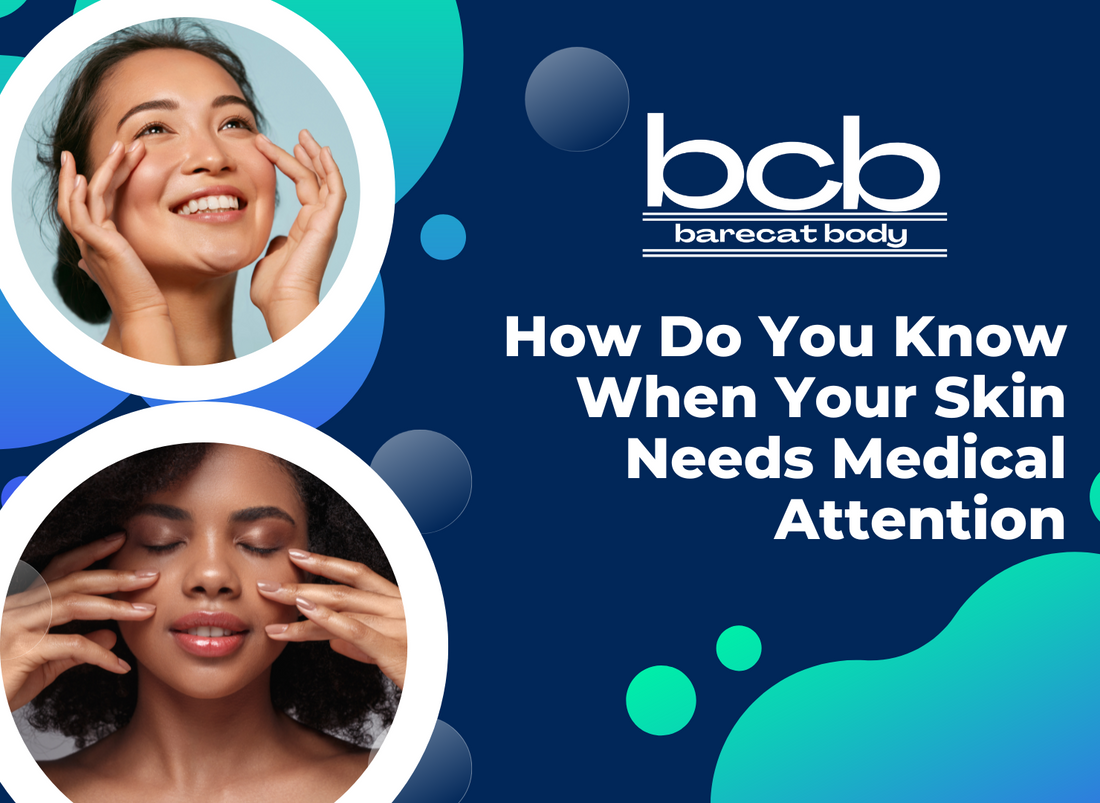While basking in the sun can be enjoyable, excessive sun exposure can cause significant damage to your skin. While most cases of sunburn and mild sun damage can be treated at home, there are certain types of severe sun damage that require medical attention. In this article, we will explore the most common types of severe sun damage on the skin that warrant professional intervention. Recognizing these signs and seeking medical help promptly can help prevent long-term damage and ensure your skin's health. Detection and early intervention are key to minimizing the level of intervention necessary for your skin.
Severe Sunburn
Severe sunburn is more than just redness and discomfort. If your sunburn covers a large area of your body, causes blistering, or is accompanied by symptoms like fever, chills, nausea, or headache, it's essential to seek medical attention. Severe sunburns can lead to dehydration, infection, and even heatstroke. A healthcare professional can provide appropriate treatment, such as prescription-strength topical creams, pain relief medications, and advice on how to prevent complications. One pro tip from me. Do NOT fall asleep in the sun!
Actinic Keratosis
Actinic keratosis (AK) is a precancerous skin condition caused by long-term sun exposure. AK appears as rough, scaly patches on sun-exposed areas, such as the face, scalp, and hands. These patches may vary in color, ranging from red to brown. While AK is not cancerous in its early stages, it has the potential to develop into squamous cell carcinoma if left untreated. Dermatologists can diagnose AK and recommend treatments such as cryotherapy (freezing), topical medications, or photodynamic therapy to remove or destroy the affected skin cells.
Sun-induced Hyperpigmentation
Hyperpigmentation refers to the darkening of the skin due to increased melanin production. Sun-induced hyperpigmentation often appears as uneven, dark patches on the face, hands, and other sun-exposed areas. While mild cases can be managed with over-the-counter products and diligent sun protection, severe or persistent hyperpigmentation may require medical intervention. Dermatologists can prescribe topical creams containing hydroquinone, retinoids, or corticosteroids, perform chemical peels, or recommend laser treatments to reduce and even out the pigmentation.
Photodamage and Premature Aging
Long-term sun exposure can accelerate the aging process, resulting in premature wrinkles, fine lines, sagging skin, and a dull complexion. If your skin shows significant signs of photodamage and premature aging, seeking medical advice can be beneficial. Dermatologists can assess the extent of the damage and recommend treatments such as prescription retinoids, dermal fillers, Botox injections, or laser resurfacing to improve skin texture, reduce wrinkles, and restore a more youthful appearance.
Skin Cancer
Perhaps the most critical reason to seek medical attention for sun damage is the potential development of skin cancer. Prolonged sun exposure, especially without adequate protection, increases the risk of skin cancer, including basal cell carcinoma, squamous cell carcinoma, and melanoma. Regularly examining your skin for changes in moles, growths, or suspicious lesions is crucial. If you notice any concerning changes, such as new or changing moles, asymmetry, irregular borders, or color variations, it's important to consult a dermatologist promptly. Early detection and treatment significantly increase the chances of successful outcomes.
So In the End
While most cases of sun damage can be managed at home, certain signs indicate the need for medical attention. Severe sunburn, actinic keratosis, sun-induced hyperpigmentation, significant photodamage, and the potential development of skin cancer all require professional evaluation and treatment. By recognizing these signs and promptly seeking medical help, you.

